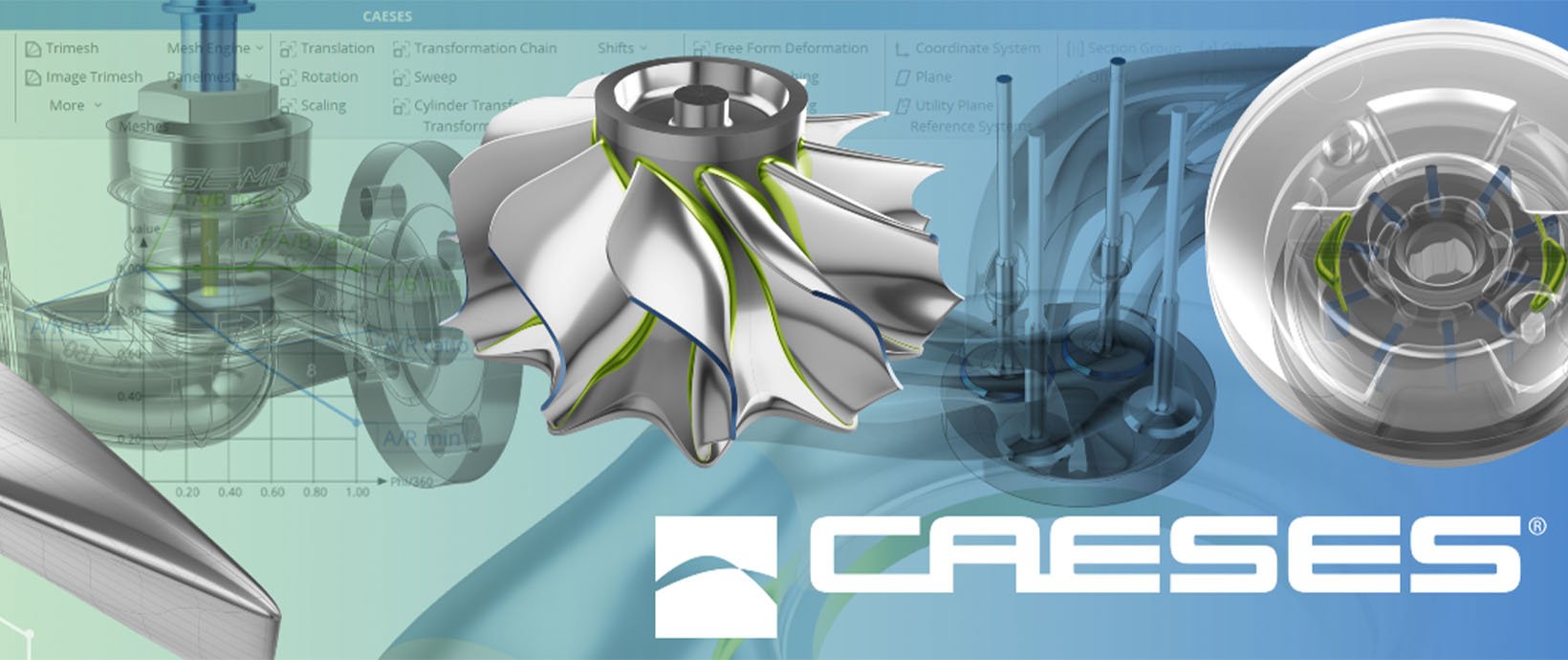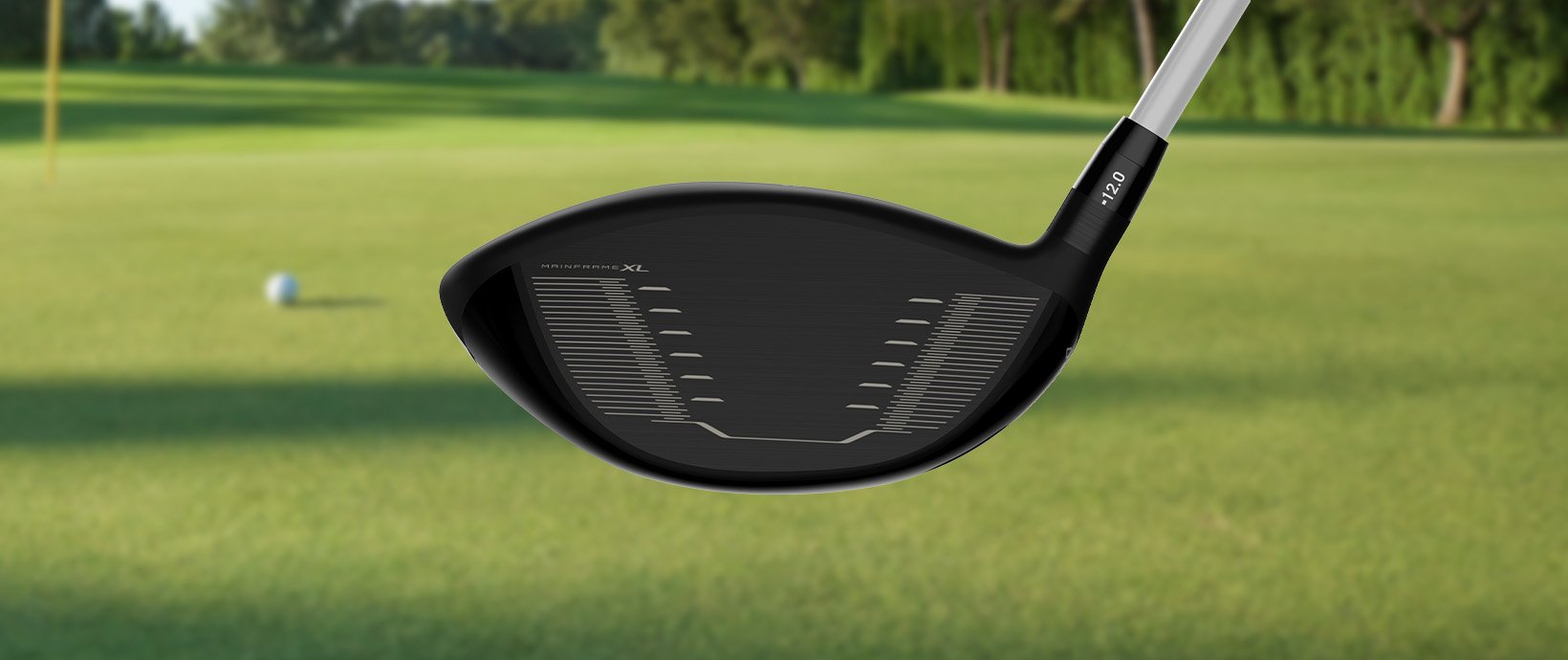More Bang for Your Buck: Getting the Most out of Additive Manufacturing
Late last year I was visiting customers in Asia and at one particular site we were offered to be taken on a tour of the factory before going in and presenting the latest and greatest about OptiStruct. I enjoy such tours as they allow me the opportunity to come in physical contact with the products/parts, which is always welcome especially when dealing with them in the virtual realm for the most part. While on this tour, I couldn't help but notice many of the parts were "screaming to be optimized"! And that's not necessarily a bad thing – over the years these parts have been revised and are safely operating, but it indicates at a lot of potential for weight savings and possibly further improved designs.
It was good to later learn that many of the same parts had also been identified as candidates for optimization by the design team themselves. Now, these were parts produced using traditional manufacturing techniques. I couldn't help but think of the greater possibilities were these parts to be additively manufactured. But before we go there, let’s first look at some of the reasons why additive manufacturing (AM) is proving to be attractive to many.
- Lightweight designs: given the strict government mandates for lowering emissions, increasing fuel economy, sustainability, etc., light-weighting of designs is one of the key strategies being employed by design teams across industries.
- Functional integration: AM offers unrivaled manufacturing flexibility. This allows the realization of multi-functional components or systems. For example, instead of having separate systems for stiffness and cooling, a single, integrated system incorporating the requirements for stiffness and cooling can be designed.
- Geometric complexity: similar to the point discussed previously, the manufacturing flexibility allows the building of complex part geometries that were previously infeasible.
- Part count reduction: with the possibility to integrate multiple functions and build complex geometries, designs that previously were an assembly of multiple components can now be manufactured as just a single part.
- Porosity: this is a characteristic of a particular type of structure called lattice structure. The porosity in these lattice structures is desirable for the biomedical field because they facilitate the growth and attachment of human tissue and bones to medical implants.
This by no means is a comprehensive list, but just a few, key benefits that seem to come up often enough in AM-related discussions. Unfortunately, many designs or parts will not experience benefits significant enough to warrant being additively manufactured given the current scenario. For example, the costs associated with switching to AM (including material cost and machine cost) could be significantly higher; production rates may be significantly lower; material characterization and therefore behavioral prediction can become challenging; and, testing and certification methods and processes need to be re-established. Therefore, when considering additive manufacturing as an option, at a high level, I think the questions to start with are:
- What is the appropriate application – functional part, tooling, prototype, etc.?
- Which AM technology is best suited for the application(s)?
- Should the part be additively manufactured?
- Do the benefits outweigh the cost and process implications?
In other words, just because a part can be additively manufactured doesn't mean it should be additively manufactured. It’s not surprising to know that there are companies that specialize in doing just this – evaluating whether or not AM is a viable option.
Figures 1 and 2 compare costs between additive manufacturing and traditional manufacturing based on production volume and design complexity
Now, let’s shift focus to the design side of the balance. We understand the manufacturing flexibility that is offered by AM, but it begs the question: have our design methods and tools kept up? Very often that answer is no. Unfortunately, this prevents us from realizing the benefits offered by additive manufacturing. But, the good news is that there is a design synthesis technology available today, a technology that is tried and tested, and one that can be applied to take full advantage of AM: topology optimization!
Topology, from a structural design perspective, is the layout of material that essentially forms the structure itself. Topology optimization is an automated, mathematical process that aims at determining the most efficient or optimal locations for material placement based on a specific design requirement. In other words, topology optimization tells us what the design wants to be. In fact, nature ran the first-ever topology optimization! We see evidence of this in our everyday lives – from tree structures to bones. Since the beginning, humans have looked at nature for inspiration and topology optimization software in a sense is no different; the inspiration is biomimicry.
Fig. 3a: truck cabin design space; 3b: topology optimization result; 3c: optimal material placement for cabin structure
Topology optimization has been applied successfully across various industries, driving innovative, lightweight and structurally efficient designs. For over 20 years now, Altair has been leading the initiative of a topology-driven design process and has successfully applied it in numerous real-world engineering applications. OptiStruct, Altair’s topology optimization software has been at the forefront of developing many unique and innovative solutions and is the most widely used topology optimization software. Many a plane, train and automobile have been “OptiStructed”!

Fig. 4: A380 leading edge droop nose ribs optimized using OptiStruct. Weight reduction: 500 kg
Topology Optimization with a Twist
In years past, topology optimization was typically run with multiple manufacturing constraints so the final design proposal was one that was close to ‘manufacturable’ using traditional manufacturing techniques like stamping or casting, etc. This in a sense put additional constraints on the design. Now, with AM, and the complex geometries that can be built, we can take the shackles off topology – run a ‘free’ topology so-to-speak, giving it more freedom to come up with a design. This greater freedom and more literal interpretation of the design that’s possible due to AM, puts us in a better position in the design process by generating a more efficient design. This is in stark contrast to simply taking an existing design and 3D printing it.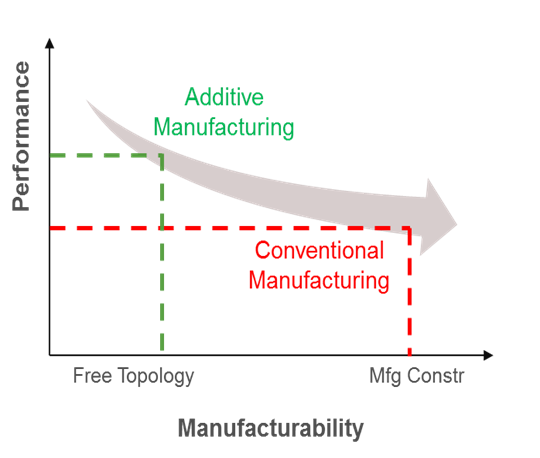
With the growing interest in AM, this new design approach has been successfully tried, tested and applied to parts and designs that are being additively manufactured. They include the world’s largest 3D printed part that will fly in space, the world’s first 3D printed bike frame and many others. Through the appropriate use of this technology, all these designs have resulted in significant improvements in terms of performance or weight, or both.
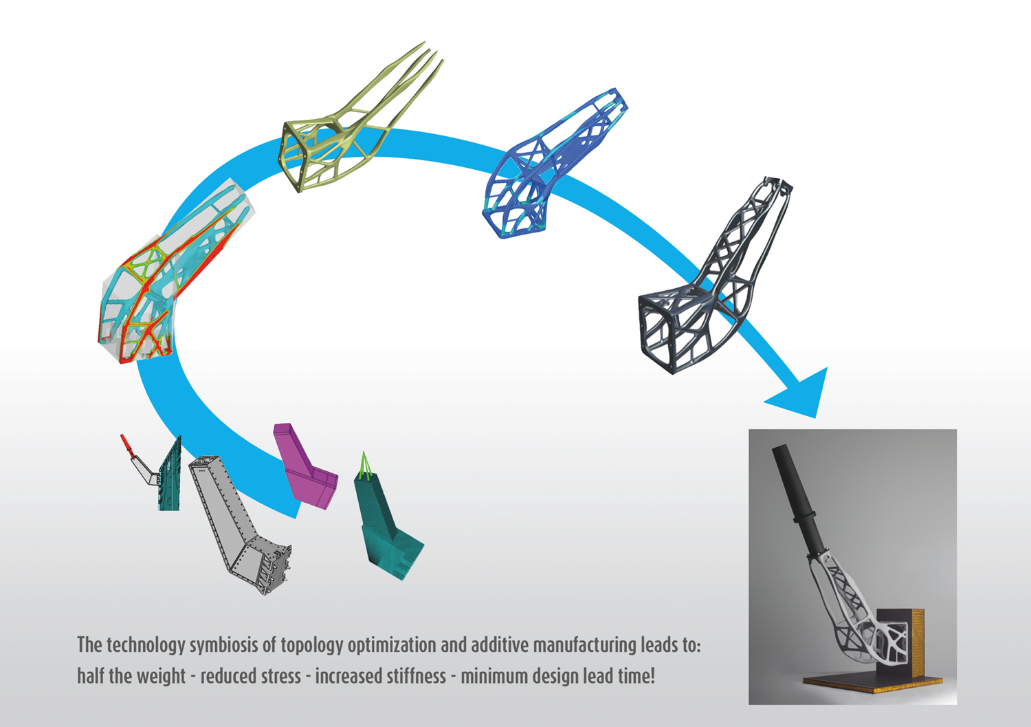
Fig. 6: RUAG satellite support bracket
In keeping with our 20 year legacy of developing innovative optimization technology, we implemented a unique two-phase optimization process driven by topology optimization to design and optimize hybrid lattice structures. The first phase of this unique, semi-automatic process uses a modified topology scheme to identify the most efficient regions – based on structural performance – of solid material and lattice cells. The second phase, through large scale size optimization then optimizes the dimensions (radii) of the beams that make up these lattice cells. Alternate formulations allow for the generation of an all-lattice type design and an enclosed-lattice design as well. A more detailed explanation of this process can be found here.
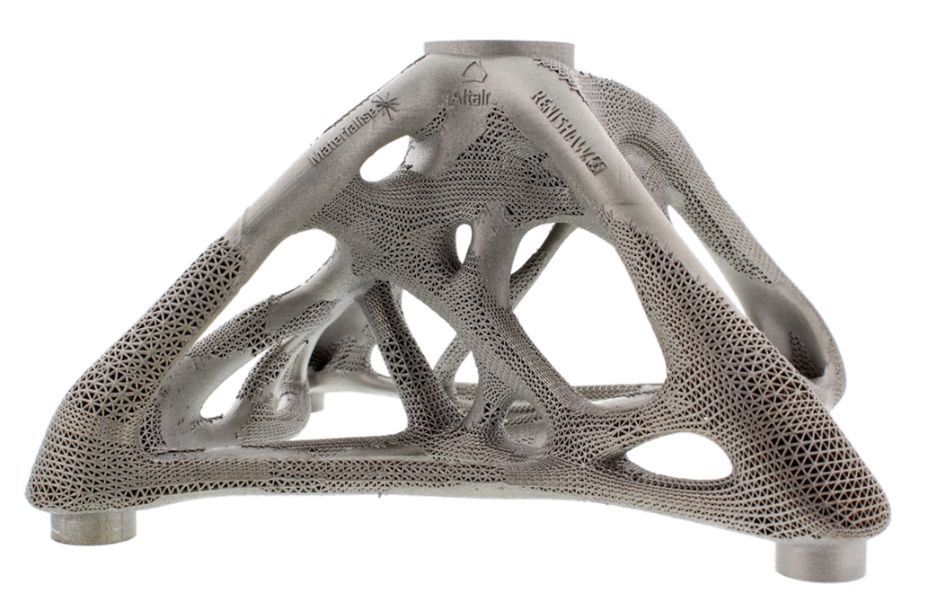
Fig. 8: Architectural spider bracket. Image courtesy of Renishaw. Project collaboration between Altair, Materialise and Renishaw
Additive manufacturing and topology optimization share very similar philosophies, and this allows great synergy between the two technologies. At Altair, through our leadership in optimization technology and expertise, we are capitalizing on this shared synergy, paving the way for design-for-additive-manufacturing.






